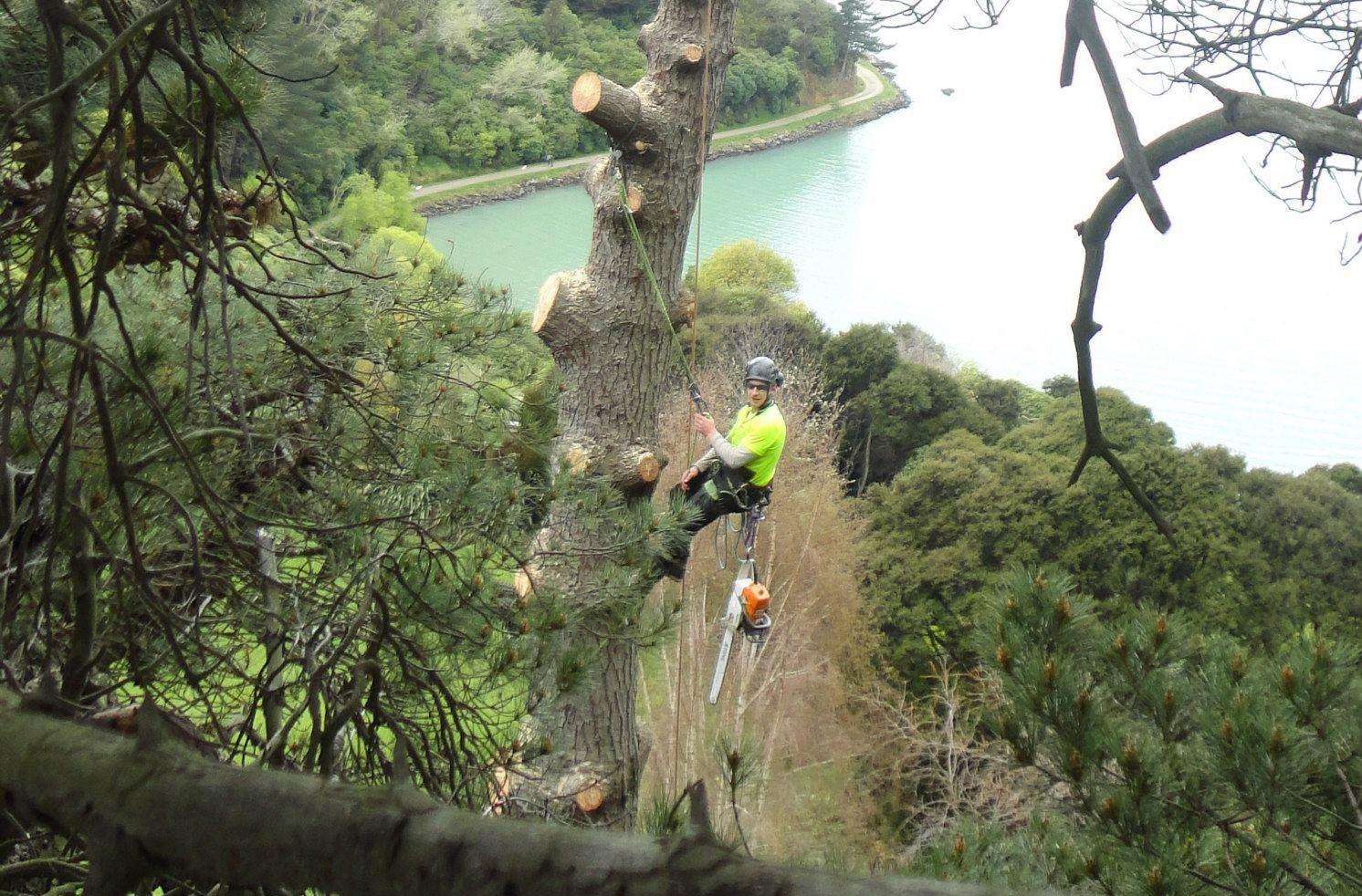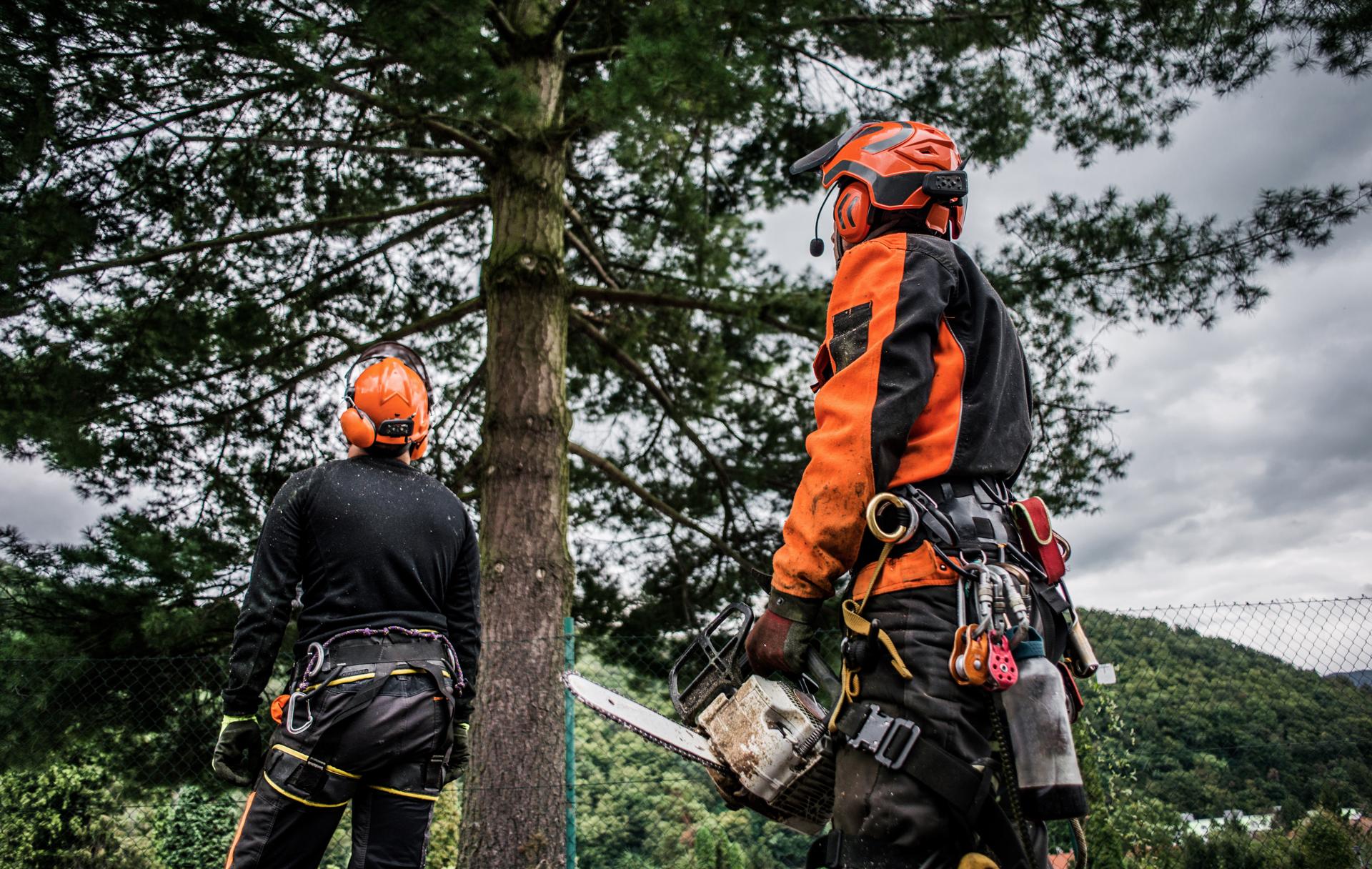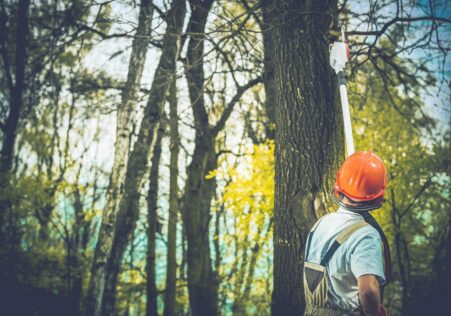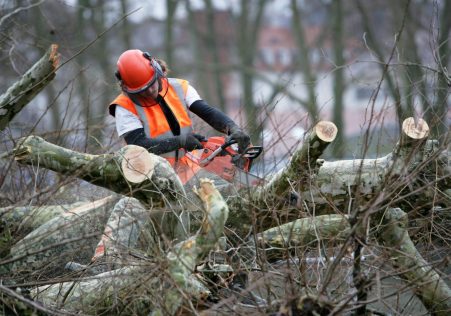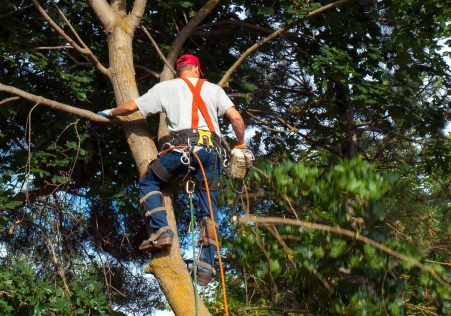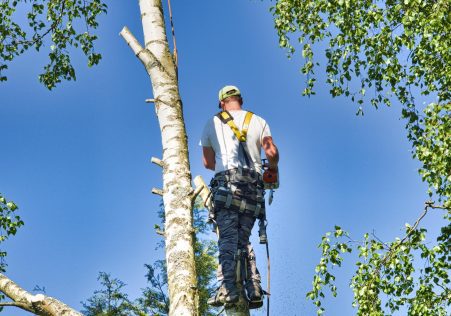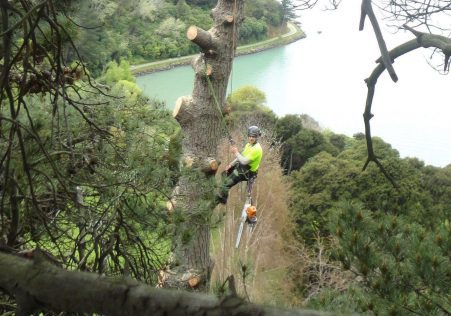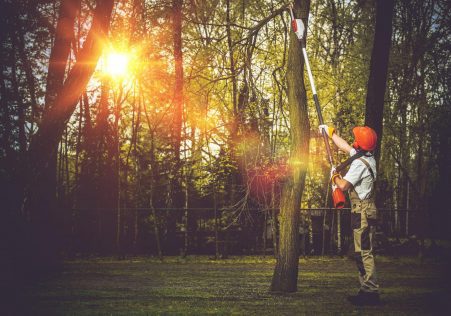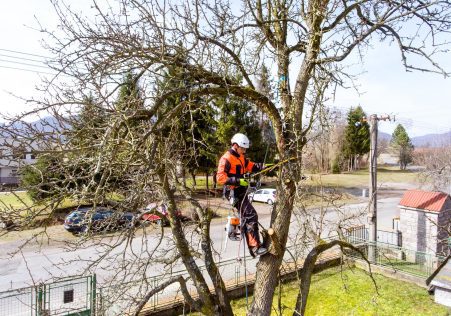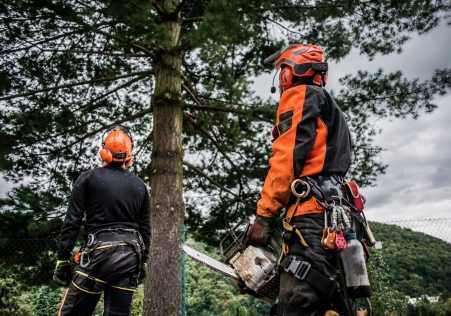Expert Assistance in Identifying Protected Trees located in Hawkesbury
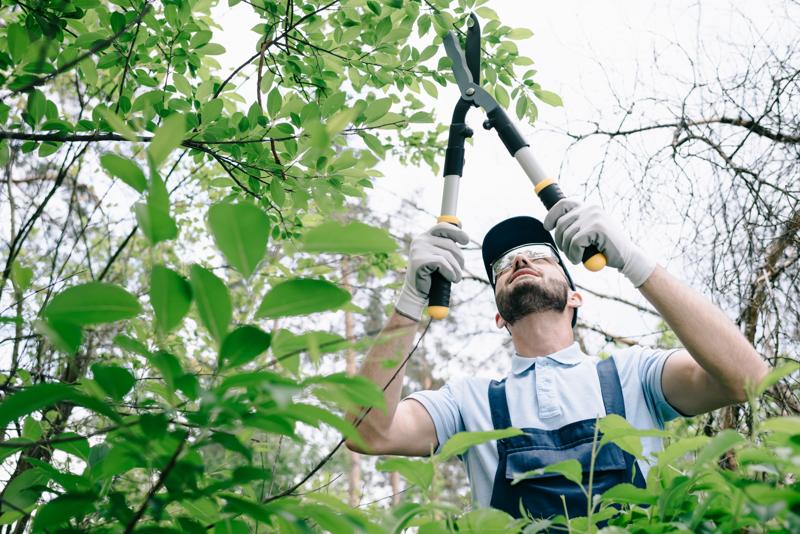
Trees play an important contribution to our ecosystem as they provide shade, clean air, and aesthetic value to our surroundings. However they are not all alike and some have additional protection status, making it illegal to perform any activity without authorization. If you are considering having a tree removed, it’s essential to understand the protection status of the tree in question and what steps you’ll need to follow to be in compliance with the legal requirements. The following article we’ll help you understand the steps to determine if a tree is protected and what you have to do to ensure you are following the law.
What exactly is a tree that is protected?
A protected tree can be subject to specific legal restrictions, and it’s illegal to works on a tree without having the appropriate permissions. There are two kinds of protection that trees may have - preservation orders and protection orders.
Protection under the law
As a matter of legal protection, trees are protected by laws and subject to Tree Preservation Orders (TPOs). TPOs are put in place by local authorities to safeguard trees with a significant public value and ensure they are not destroyed or damaged.
Preservation orders
Preservation orders are similar to TPOs but are put in place through the secretary of state for the Environment. Trees with preservation orders are considered to have an exceptional value and are shielded from all work, which includes felling.
How do I know when a tree is in danger?
To determine whether a tree is protected, you will need to check if it is subject to an TPO or preservation orders. This can be done by contacting the municipal authority, and asking them to search their archives.
TPO search
To find a TPO, you can contact the Tree and Woodland Officer from your local authority. They will be able to tell you if the tree is protected. They will also be able to advise you about the next steps to take if the tree is protected.
Preservation order search
In order to search for a preservation permit, you will need to contact Secretary of State, Department of the Environment. They will determine if the tree is protected and provide you with the required information and guidelines.
FAQs:
What is the consequence if I do work on a protected tree without permission?
If you work on a protected tree without the proper authorizations, you could be subject to massive fines or even prison.
Can I contest to a TPO or preservation order?
Yes, you are able to appeal a TPO or preservation or TPO if you feel that it is not justified. But, you’ll need be able to present evidence to back your claim and explain why you believe that the TPO or order to preserve isn’t needed.
Can I take down a protected tree?
It is unlawful to take down trees that are protected without the necessary permissions. If you require the tree to be removed, you will need to seek permission from the council and provide the evidence needed to prove your case.
Conclusion
In conclusion, discovering whether trees are protected is an essential step to ensure that any tree work is legally completed. Understanding the different kinds of protection and the best way to determine if they are protected, you can ensure that you are acting within the law and safeguarding the trees in your care. If you’re not sure about the protection status of trees, we suggest seeking professional advice from a reputable tree specialist like Hawkesbury Aborist. Our experienced arborists can advise you regarding the status of protection of your trees, and will guide you through the required steps to ensure you are following the law. With our experience and dedication to provide high-quality tree services we will help you preserve the beauty and worth of your trees. Contact us today by phone at 0480 024 267 to schedule a appointment, and let us guide you on how to keep your trees safe and healthy.

